Last week, we visited the OPPO Factory plant and HQ to learn the manufacturing process of OPPO smartphones and also to see how rigorous their testings are on their smartphones. The OPPO factory is located in Shenzen, China which is a city located just north of Hong Kong. It’s not our first time in Shenzen, China and actually, a lot of smartphone manufacturers, not just OPPO, are producing smartphones in city.
So what did we see at the factory? Well, we saw how the OPPO R11 are made in the factory which is, by the way, a really cool smartphone and of course, we also saw how the smartphones are tested in order to deliver quality smartphones to the masses. 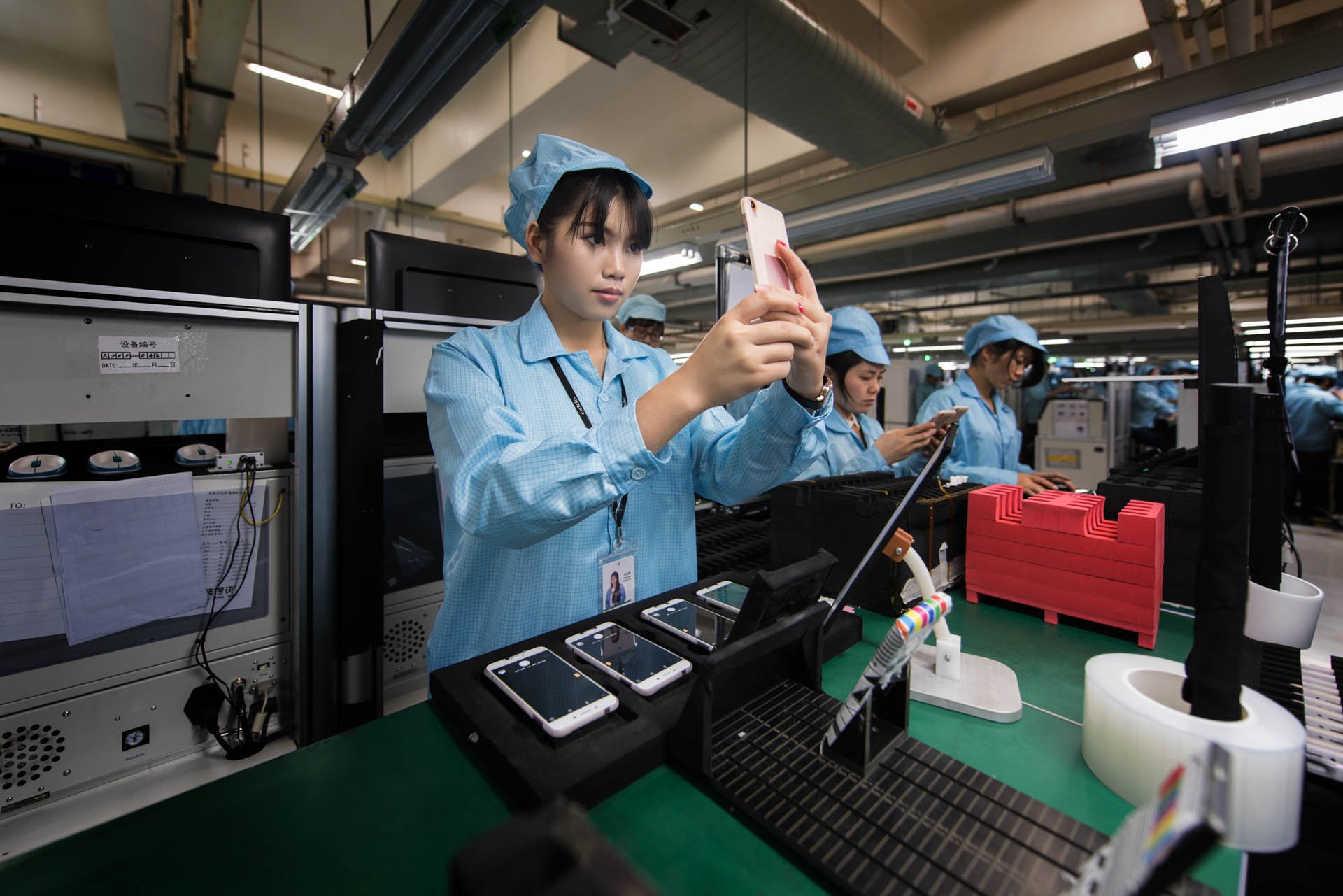
One of the labs that we have visited in the factory is the QE Lab. This is where the quality assurance tests are being made. OPPO is getting a few units from each batch of smartphones that were created and they were tested at the QE Lab. There were many tests that were done on OPPO smartphones and I mean A LOT OF TESTS but let me give you some details and highlights on the QA tests that were done.
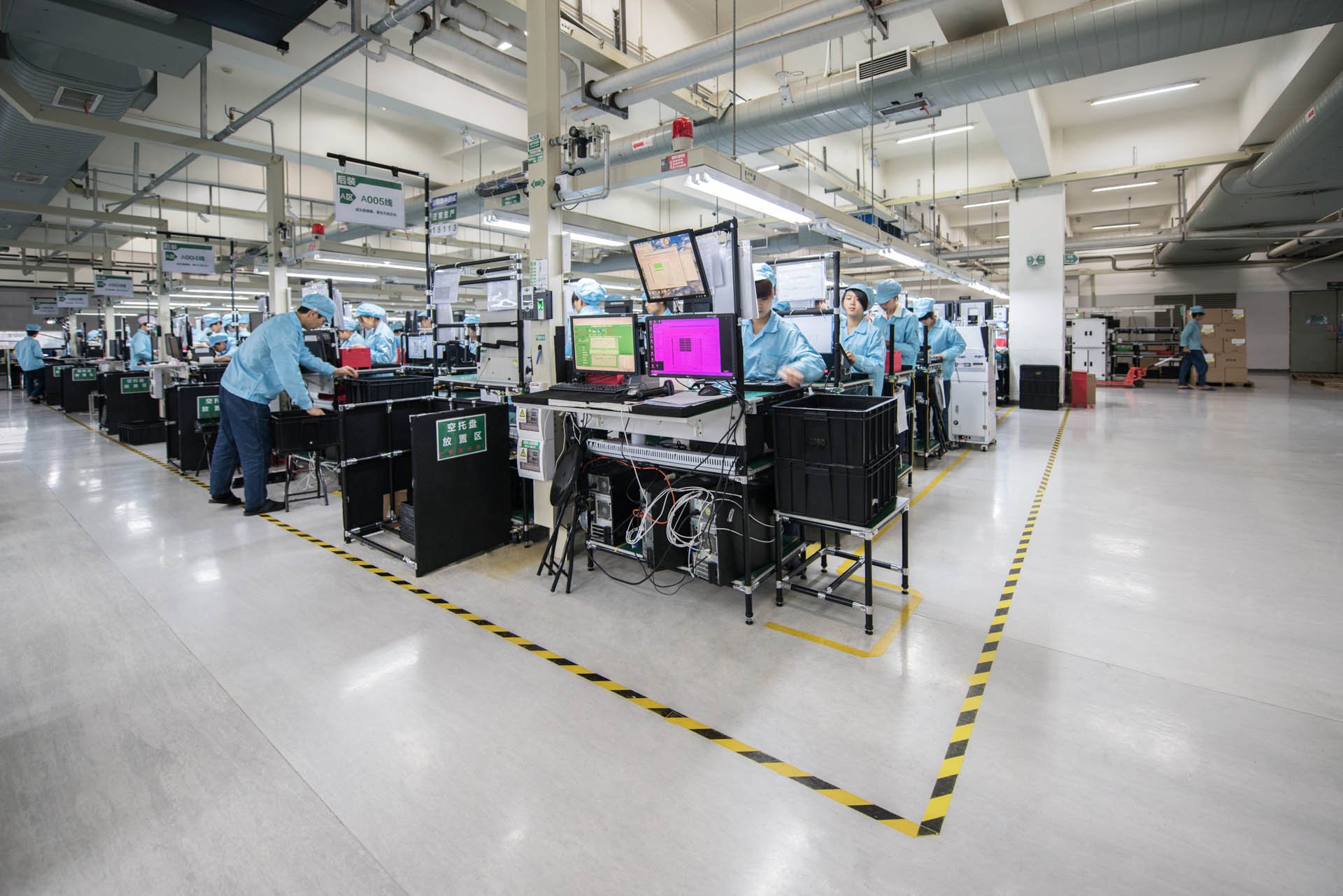
- In Micro drop test, the front and back area of the smartphone is dropped from a height of 7 cm 20,000 times respectively. Each handset that was tested is thrown 42,000 times. This test just shows us that OPPO is testing their smartphones even at a short drop
- The buttons are repeatedly tested in the in the button click test. The power and volume keys are pressed 100,000 times with 1kg of force and a million times for the fingerprint key. The button click test just shows that the smartphone’s buttons can last for years as it will take you 6 years to finish that 100,000 clicks on your smartphone.
- The phones are also dropped with a minimum height of 1.0m and they will drop the smartphone in different edges and sides and if the drop test was successful, they will conduct a second drop test with a higher 1.5m falling height. While in Tumble Test, the smartphone is randomly rotated 75 times at a machine and it should not have any signs of function failure or cracks.
- The OPPO smartphones are also subjected to rain test, salt spray test, and sweat test to make sure that the tested smartphones from OPPO can withstand from moisture and liquids. After these tests, OPPO conducts an inspection on the handset if there are corrosions inside or any damage.
- The OPPO smartphones are also tested in a high-temperature environment up to 85c for 500 hours. This is really ideal and important, especially that high temperature really affects the performance and also its functionalities.
Aside from the QE Lab in where we saw the tests are made for the smartphone, we also saw the SMT Center. The OPPO Factory in Shenzen has 13 lines in the assembling that can produce 300 smartphones in an hour and according to them, the company can make 39,000 OPPO R11 smartphones in just a single day. In case you didn’t know, the OPPO R11 is the latest smartphone with a sexy profile and dual lens camera from the company, however, it is not available in the Philippines.
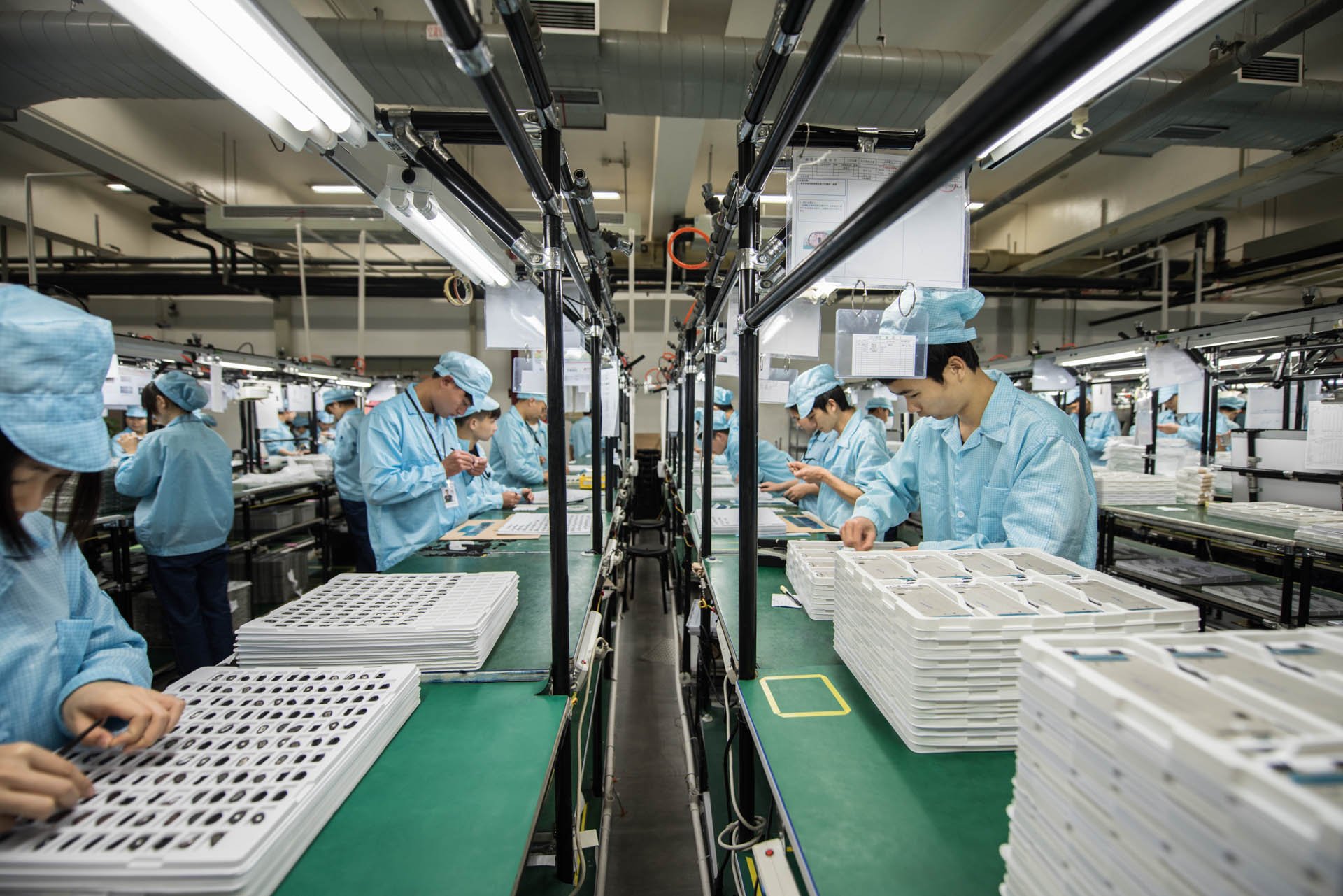
In the SMT Center, There are 38 motherboard production lines and 25 small plate production lines that can produce 7.5 million motherboards and 25 million sub-boards, however, remember that some parts are sourced from different suppliers. But again, they make their own motherboards and PCBs which paves the way for a better optimization for their smartphones since they are the ones who are creating it.
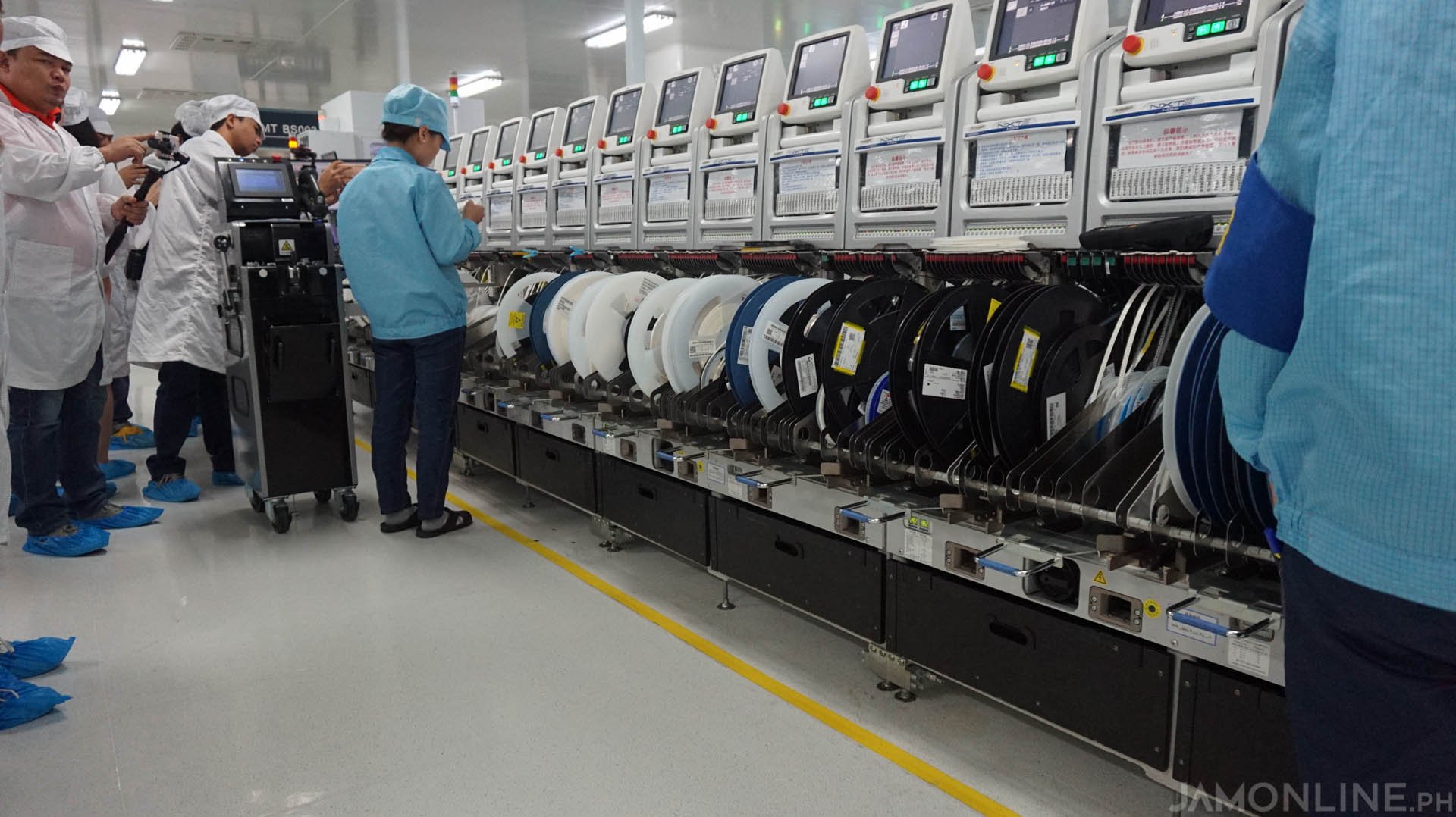
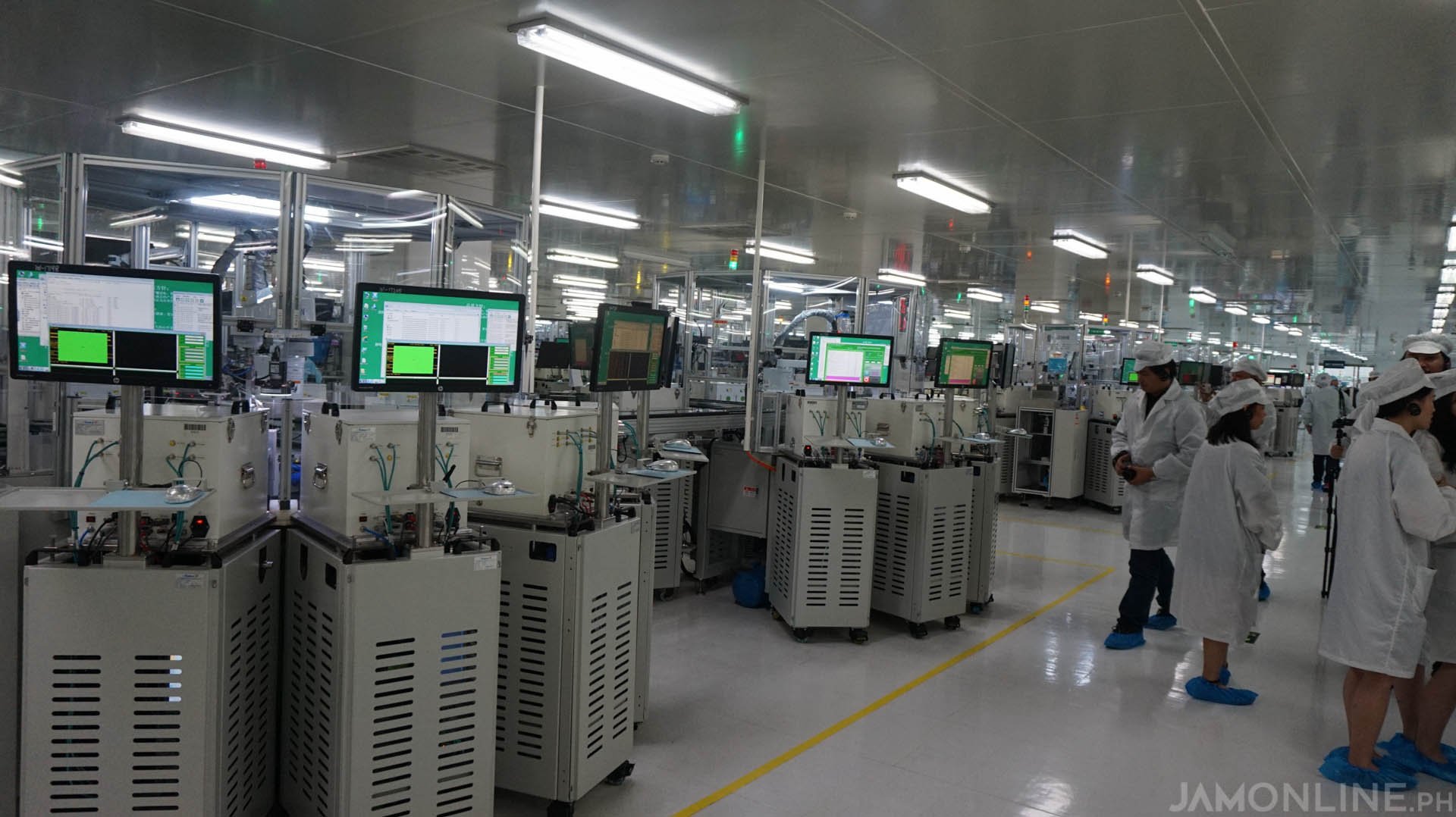
The motherboards are printed using machines and they are checked for errors and damages using computers so I’m pretty confident to say that their quality is top notch. Actually, the equipment used in SMT is best-in-class and there are a lot of inspection processes that are being done to make sure that they can bring a top-notch hardware.
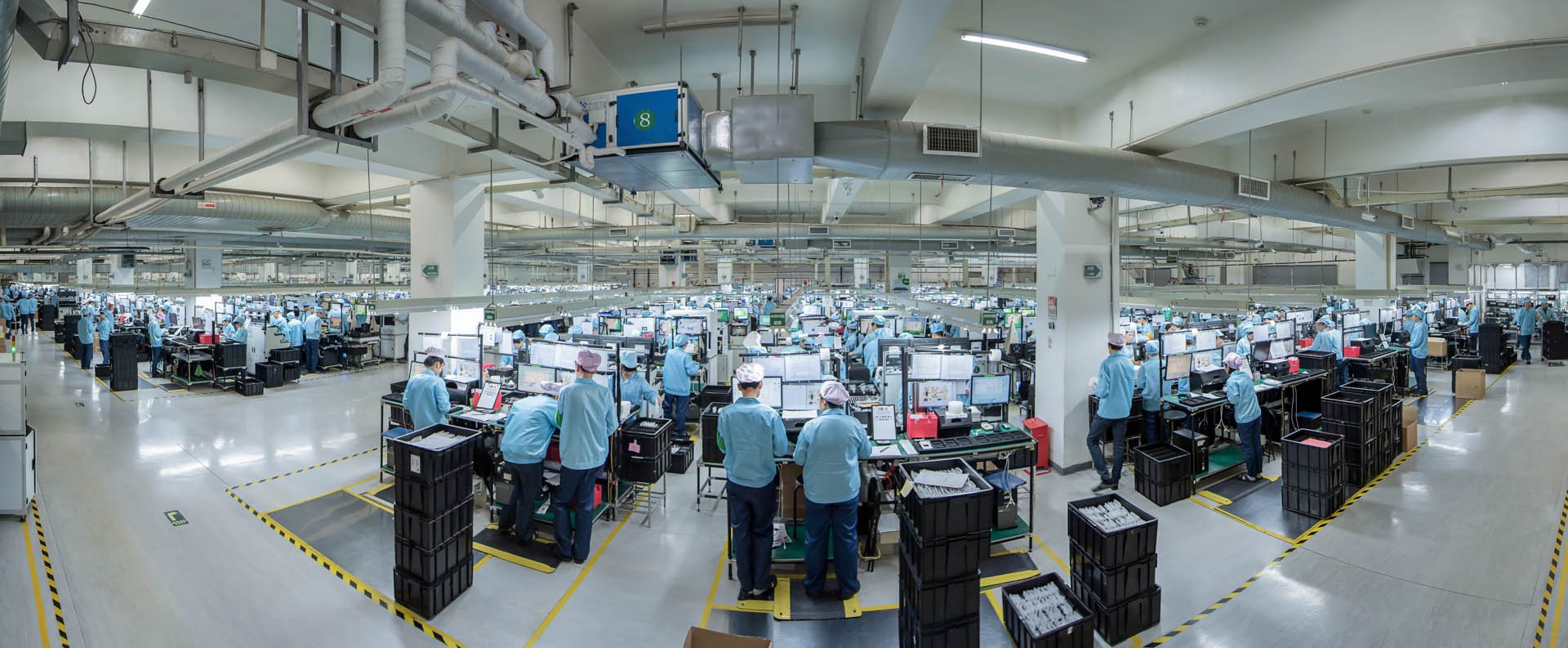
I also asked them regarding their standards and yes, OPPO sets high standards in the industry and actually, OPPO has exceeded the national standards of China which mean that OPPO has proved that they can make smartphones that are really better than most in the mobile industry.

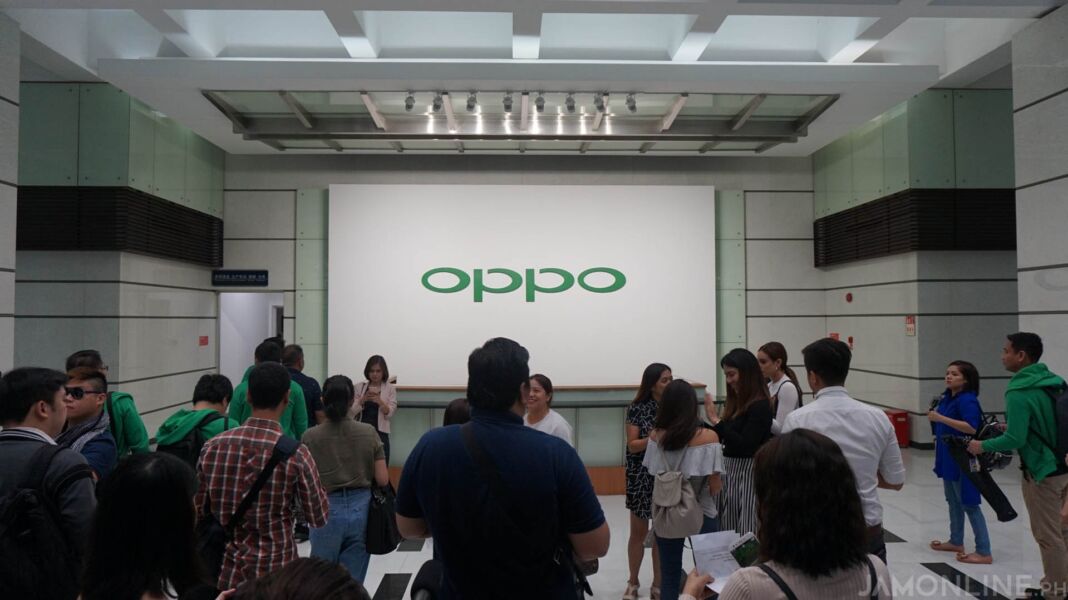























![HATASU Launches HATASUKILIG treats and deals! [PR Banner] HATASUKILIG Feb Ibig Campaign ()](https://jamonline.net/wp-content/uploads/2024/02/PR-Banner-HATASUKILIG-Feb-Ibig-Campaign-1-218x150.jpeg)





sir i need oppo f1s of IC main board . so please help me.